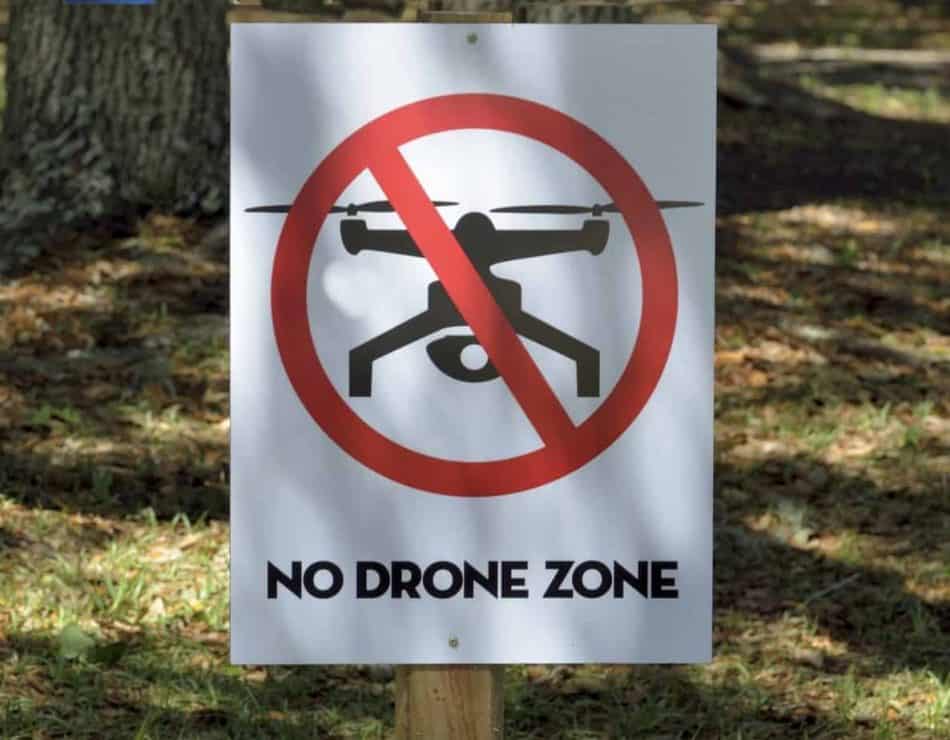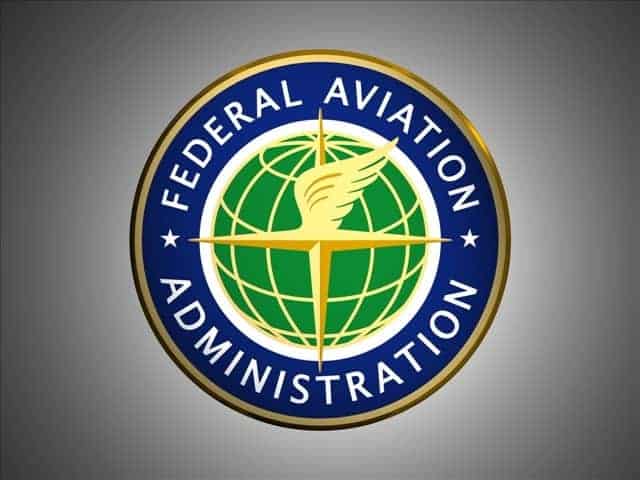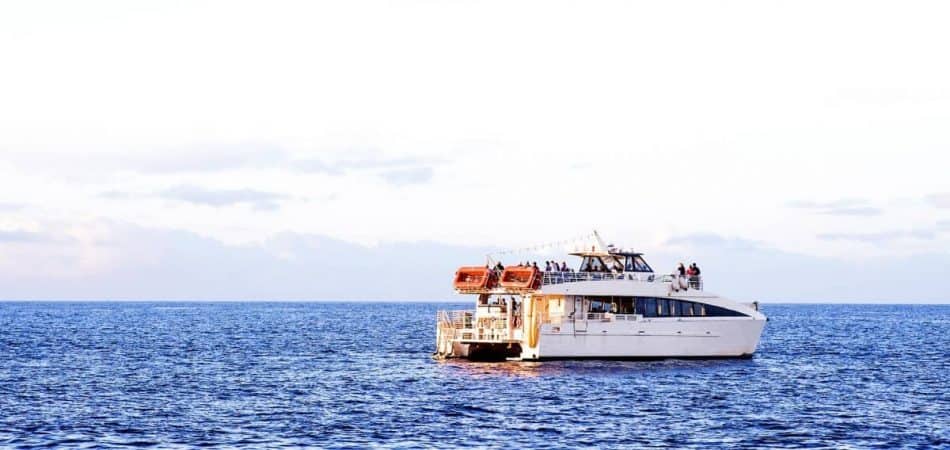
Where Can I Fly My Drone Legally and Safely?
Either you are looking at purchasing a drone or already have one and are excited to spread its wings. But is it legal to fly your drone? Is it safe to fly your drone? In this article, we’ll provide the answers to these and other questions about where it is legal and safe to fly your drone.
Where Can I Fly My Drone Legally and Safely? There are several guidelines and restrictions to be aware of regarding drones. Knowing these can assist drone owners by provided the necessary knowledge. In general, you can fly your drone in most non-commercial areas, as long as you stay below 400 feet, keep your drone within site and take care to avoid putting other people, property, and vehicles at risk of being distracted, hurt, or damaged by your drone.
There are some essential guidelines the Federal Aviation Administration (FAA) places on drone operations, Keep reading for a short rundown on some of the most common areas and their relevant restrictions those areas may have.

Why Does the FAA Govern Drones?
The FAA governs all airspace over the United States, surrounding international waters, as well as all military installations. They are also responsible for maintaining air traffic control of all commercial and some military flights. As the popularity and technology of drones operated by non-commercial or military individuals increase, the FAA needed to institute regulations that would serve to keep drones, their pilots, and other individuals and property safe
As a result of these changes, it is now required that all drone pilots operating a drone weighing more than 0.55 lbs. or 250g, register with the FAA. To register, you must provide your physical address, and the make and model of your drone along with your application. There is a nominal fee, and the registration lasts for 3 years. Failing to register may result in civil and criminal charges. You can register your drone through the FAA website.
Drone Flying Safety
There are several safety measures about flying a drone that may seem to be common sense. But when you are wrapped up in the excitement of flying your new drone, common sense can easily go out the window. The FAA provides a simple, printable pre-flight safety checklist for a drone pilot to use to ensure that safety remains a priority.
These safety guidelines include:
- Flying under 400 feet
- Keeping your drone in sight always
- Avoiding flying over or near groups of people
- Never flying over sporting events, including stadiums, recreational fields, or anywhere large groups congregate.
- Staying 5 miles away from airports and other aircraft
- Keeping clear of emergency response teams, accidents, or hazards, like fires, floods, or collisions
- Never flying while intoxicated.

Flying Your Drone – Where Can I Fly My Drone?
Most drone pilots have specific areas in mind that they want to be able to fly their drone. Whether you want to get a birds-eye view of your neighborhood, check out the levels of the nearest rivers, or take your drone on your next vacation, here are some specifics for the most common areas that people wonder if they can fly.
It is interesting to note that airspace is only technically regulated by the FAA. Cities, states, and other local governing agencies bypass this by regulating the drone pilot and the take-off and landing locations of drones.
Anywhere?
You may not have a specific location in mind, so the easiest question is if you can fly your drone anywhere. The simple answer is no, there are restrictions, like those mentioned above that limit where you can fly your drone.
In addition to FAA guidelines, some cities, counties, and states may also have their own restrictions on drone use. For information on a specific location, you will have to find their specific regulations. A great resource for drone pilots Know Before You Fly a campaign made in conjunction with the FAA, the AUVSI, and the AMA. They have developed a free mobile app B4UFLY for checking specific areas.
Another great resource is the National Conference of State Legislatures list of state laws. You still must check the local laws and regulations. However, laws and regulations do change so check often, especially in areas you have not flown your drone recently.
Near the Beach?
We’ve all seen beautiful videos from high above a sandy beach with crystal clear blue water. There are no clear restrictions from the FAA regarding piloting a drone over a beach. However, when flying over or near a beach the important thing to keep in mind is the possibility of people being present.
Anytime you are flying a drone, with or without video capture, people have the right to be safe and to have their privacy. Check in the B4UFLY app for the beach that you are interested in and follow all guidelines for flying around groups of people.
Within City Limits?
Cities can, and more are all the time, have their own regulations for drones. Larger metropolitan cities are likely to have the strictest regulations determining where you can legally fly your drone. These laws usually include strict enforcement of FAA regulations and may include additional regulations specific to that city.
For example, the FAA regulations state that you must fly your drone under 400 feet. The city of Hermosa Beach in California has lowered this to 350 feet within the airspace surrounding a public school. They also have specific provisions for recording video or audio with a drone.
In a City Park?
The sudden popularity of drone use and improvements in technology has required may cities to place restrictions or require use permits for individuals to fly their drones in and around city-owned properties, including city parks. Like many other areas, there remain only the broad restrictions surrounding proximity to people and specific properties such as airports. Cities are left with the responsibility of regulating drone flying themselves.
Cities often allow drones to be flown in city parks if all regulations surrounding personal privacy and safety are observed. However, many cities are making the move to requiring permits for flying drones, especially for commercial or business purposes, such as photographers and videographers.

In a State Park?
Like all other state-owned locations, state park regulations may vary from state to state. In general, most states allow you to fly your drone in state parks if you follow the FAA guidelines. However, some states have placed further restrictions on the flight, such as near protected nature habitats, or requiring permits. Be sure to check with the park ranger for the state for any specific requirements or regulations.
In National Parks or on Federal Land?
According to the National Park service each park superintendent has the authority to prohibit drones from flying, landing, or taking off within the boundaries of the national park. What this means is that potentially every national park can choose to enforce the regulations or not. Currently, all national parks strictly prohibit drones without special permission and under few exceptions.
Federal, or public, lands are areas that are regulated by some US entity. For example, some are regulated by the National Park service and follow the same strict guidelines as those for national parks. Others are managed by others like the Bureau of Land Management, the U.S. Fish and Wildlife Service, and the U.S. Forest Service. However, with very few exceptions, all these agencies place the same strict regulations of flying drones.

Near or Over My Neighbors House?
Have you ever wondered what your neighbor with the privacy fence may be hiding in their backyard? Or perhaps, you just want to take a drone cruise through your neighborhood. It is important to understand some of the laws that may concern flying your drone in these areas. Some of the laws that have been used to penalize drone use include:
Right to Privacy – There have been several court cases that have accused drone pilots of violating another individual’s right to privacy. These are especially relevant for video-equipped drones.
Trespassing – While the argument can, and has been, made that there is no legal ownership of the airspace above private property, many individuals have successfully argued that flying a drone over private property is considered trespassing.
Stalking and Voyeurism – Lawmakers have even used anti-stalking and voyeurism laws to penalize drone pilots for flying over the privately-owned property and capturing video of individuals without their permission.

Can I Fly My Drone While on a Cruise?
Avid drone hobbyists are likely to want to take their drone with them anytime they go to an exciting new place. Taking a cruise offers many amazing opportunities for capturing stunning images with your drone.
However, cruise lines each have their own regulations regarding drone, including whether they can even be brought onboard. We have a complete article where we provide some of the most popular cruise lines and a brief view of their regulations. If you’re cruising check out our Article Can I Take My Drone On A Cruise?
Now You Know
This article has provided several specific location-based regulations regarding flying your drone. Remember that the regulations surrounding drone operations change all the time. So be sure to check back for any updates. Now go legally and safely fly your drone!
I wish you a safe flight. Stay out of the trees!

